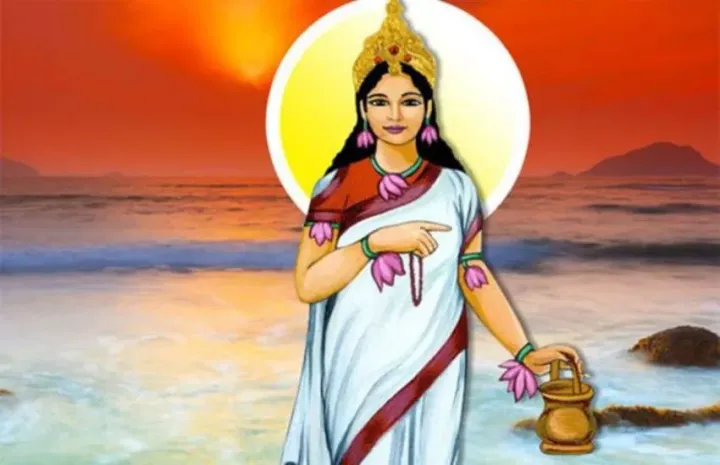
The grand festival of Bada Dashain began on Monday with Ghatasthapana. In addition to sowing wheatgrass, or Jamara, Nepalis across the nation marked the first day of the festival by worshipping Shailaputri.
Her name ‘Shaila’ means mountain and ‘Putri’ means daughter; hence, she is regarded as the daughter of the Himalayas. In Hindu belief, Himavat, the embodiment of the Himalayas, had three daughters – Ganga, Ragini and Parvati.
Shailaputri is an incarnation of the third child Parvati.
Tuesday is the second day of Dashain, also celebrated as Navaratri by worshipping the nine forms of Goddess Durga (Navadurga) for nine days, and is dedicated to Brahmacharini, the mother of devotion and penance.
According to priest Madhav Chalise, Brahmacharini represents the ascetic form of Durga and worshipping her is believed to increase one’s discipline and virtue.
The Goddess carries a garland of Woodenbegar (Rudraksha) beads in one hand and an oblong sacred water pot (Kamandalu) is the other. She also walks bare feet.
“One may chant the mantra Om Devi Brahmacharinyai Nama and offer sugar and flowers while worshipping Brahmacharini,” Chalise said.
In Kathmandu, devotees go to the Indrayani Temple in Dhalko and also the Shovab Bhagawati Temple where the images of all nine forms of Durga can be found carved on the boundary wall of the temple.
Cultural scholars and experts believe that the worship of Durga in Dashain shows Nepali society’s reverence for Matrishakti (motherly power) and the importance placed on the concept of Devi (a supernatural extension of the female form) for the defeat of evil and triumph of good.
Source : TRN,






